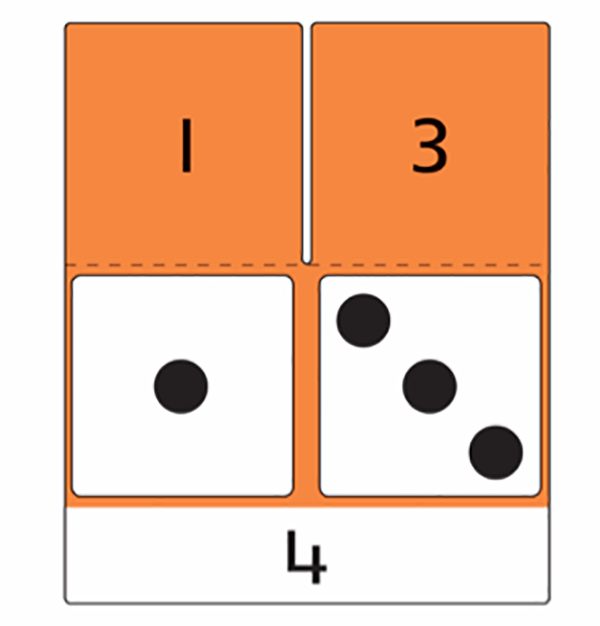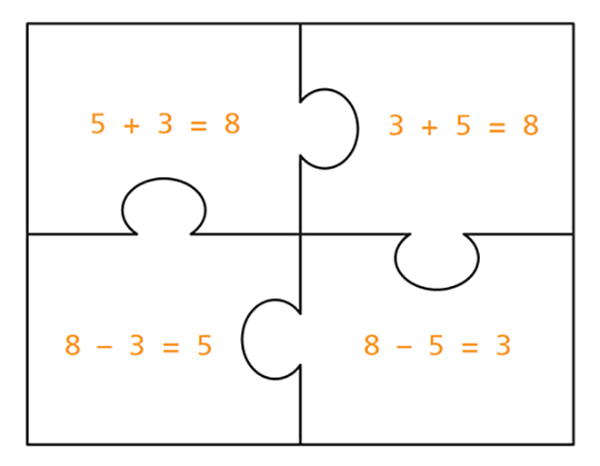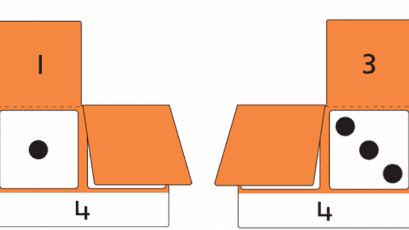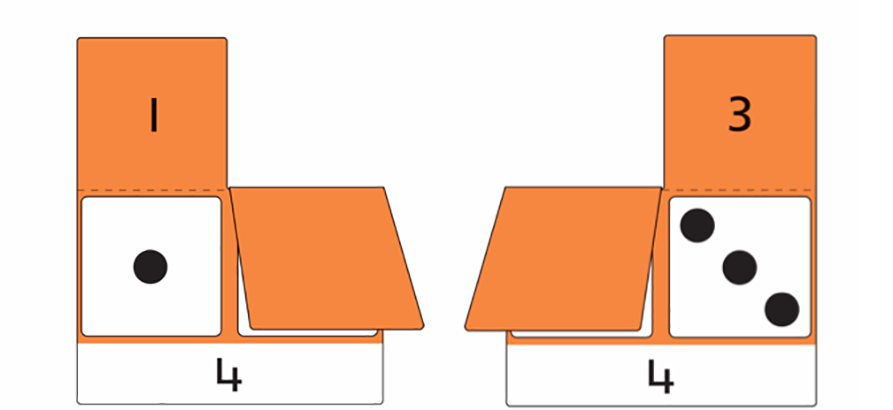Addition and Subtraction
Making Subtraction Efficient – Just Think Addition!
Students who are efficient with the count-on, use-doubles, and make-ten strategies for addition have all they need to be proficient with subtraction number facts!
Subtraction is the inverse, or opposite action, of addition. Both operations involve a part-part-total structure. In the example below, 1 and 3 are two parts that make up the number 4.

Parts of Subtraction
With addition, the parts are known, but not the total; with subtraction, the total and one of the parts are known, but not the other part. Because of this relationship between the two operations, using addition is the most effective thinking strategy for helping students learn the basic subtraction facts. Watch this ORIGO One video to learn more!
Teaching the think-addition strategy for subtraction from ORIGO Education on Vimeo.
Fact Families
Addition facts and subtraction facts that involve the same parts and total form fact families. Clusters of subtraction facts are named according to the strategy used for the related addition facts. For example, 8 – 3 = 5 is part of the count-on subtraction fact cluster because its related addition fact 5 + 3 = 8 involves counting on three. Students need to understand the connections between the number facts within a family and the related strategy.

Subtraction Games: Teach Subtraction Using Addition
“Think addition to subtract” is one of the most effective strategies for subtracting mentally. This game reinforces the connection between addition and subtraction. The students are encouraged to use their knowledge of addition to make a true subtraction number sentence.
Materials needed:
- Take or Tally game board (access this subtraction game board file here)
- 2 blank cubes, marked as follows: (Be sure to underline the 9s and 6s!)
- Write 1, 2, 3, 1, 2, 3 on one cube
- Write 4-9 on the other.
Game Directions: The aim is to complete twelve true number sentences.
- The first player rolls the two number cubes.
- The player then writes the two numbers in one of the number sentences on his or her game board. The completed number sentence must be true.
Example: Sue rolls 4 and 3. She completes the number sentence 7 – 4 = 3.
- If a true number sentence cannot be made, the player makes a tally in the space provided at the bottom of his or her game board.
- The first player to complete twelve number sentences before making a total of ten tallies is the winner.
Strategy Tip: Ask, How did you know to place your numbers in that sentence?
Extending the game:
- Change the rules so two players share the one game board. Each player has his or her own column of number sentences to complete. The remaining rules can stay unchanged.
- Use the Take or Tally Again game board for greater numbers. Make a new number cube by writing numerals 6-11 and replace the cube with 4-9 from the original game.
Encourage children to apply the think-addition strategy for subtraction to numbers beyond the basic facts. For example, the strategy can be extended to solve 106 – 89. This is specifically highlighted in the ORIGO One video referenced earlier in this blog!
Download the subtraction game board referenced in this article and let us know if we can help!
About ORIGO Education
ORIGO Education is dedicated to making learning meaningful, enjoyable and accessible for all students with Pre-K and Elementary print and digital instructional materials, as well as professional learning for mathematics.
![]()





